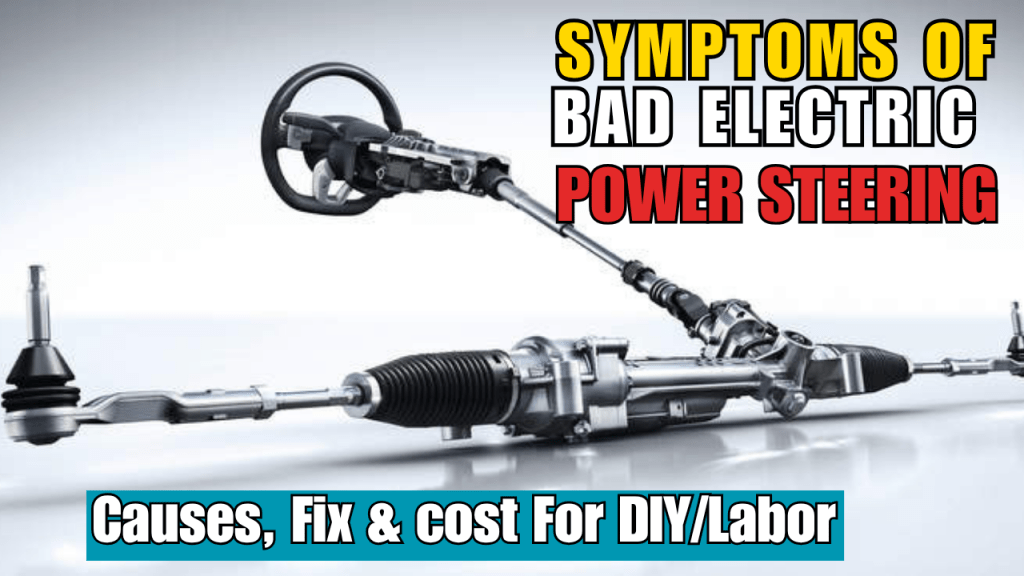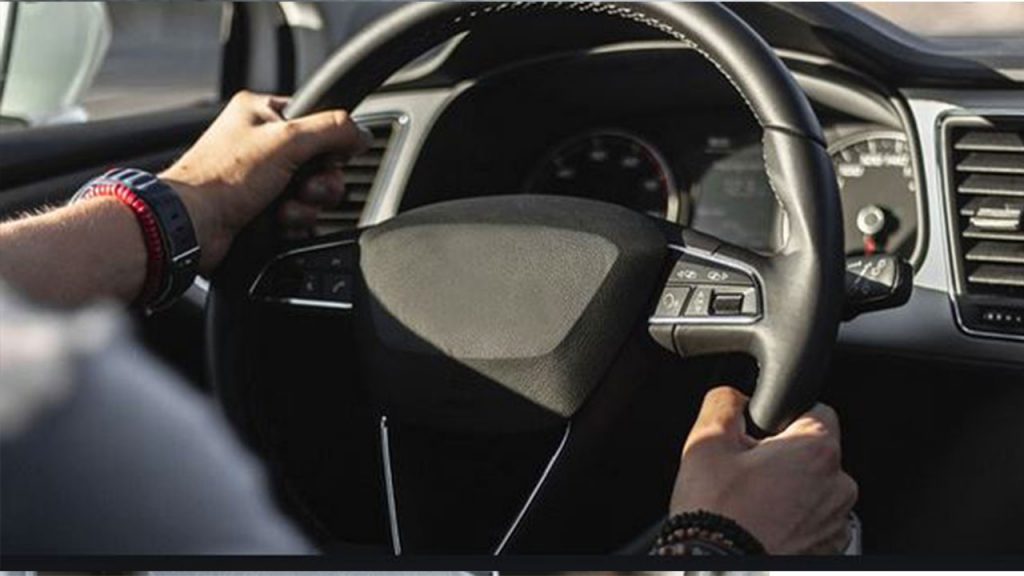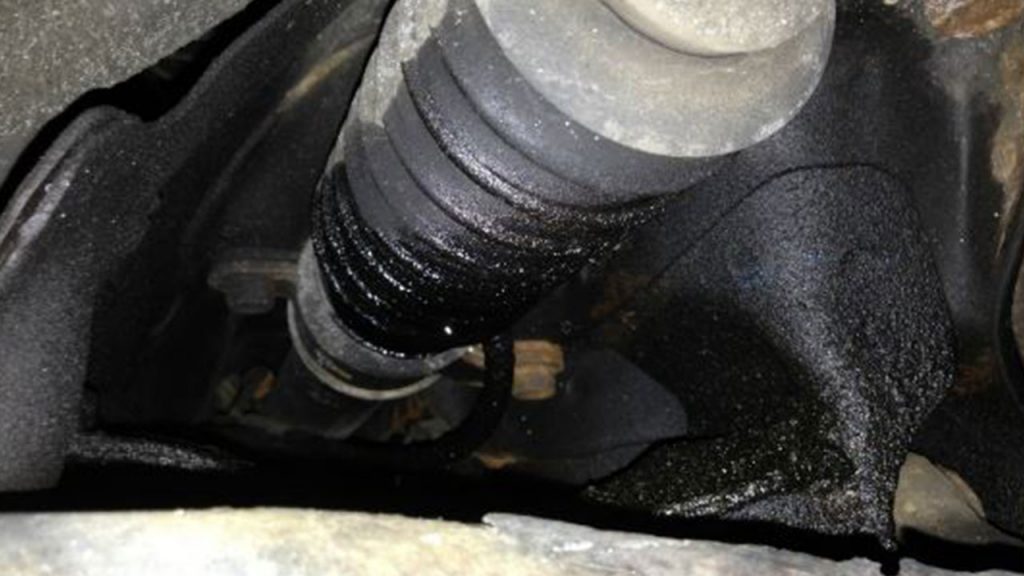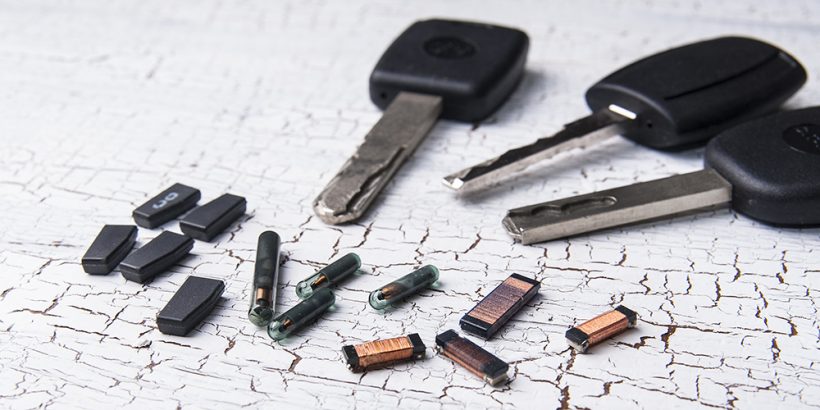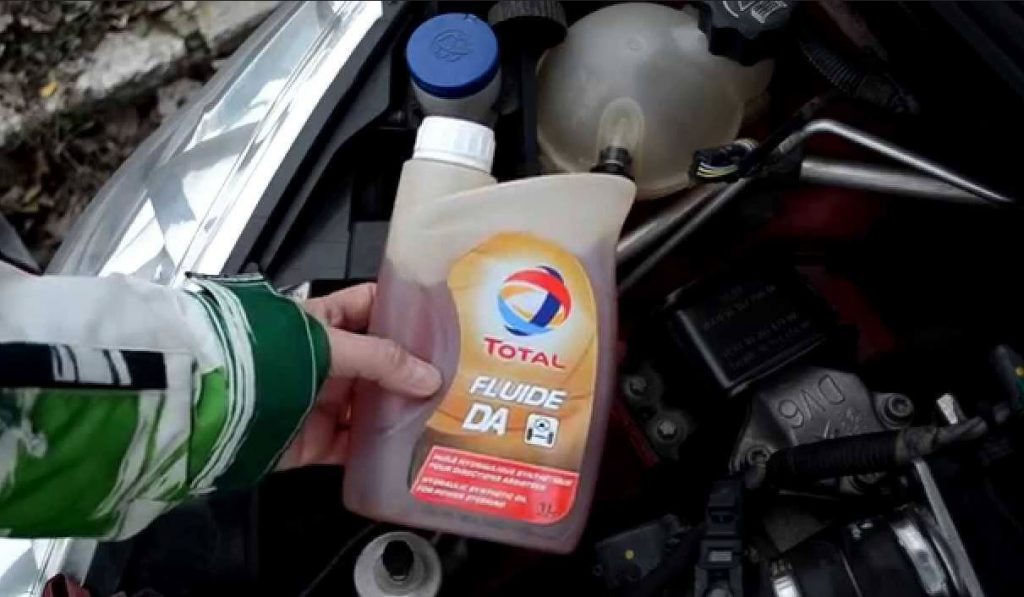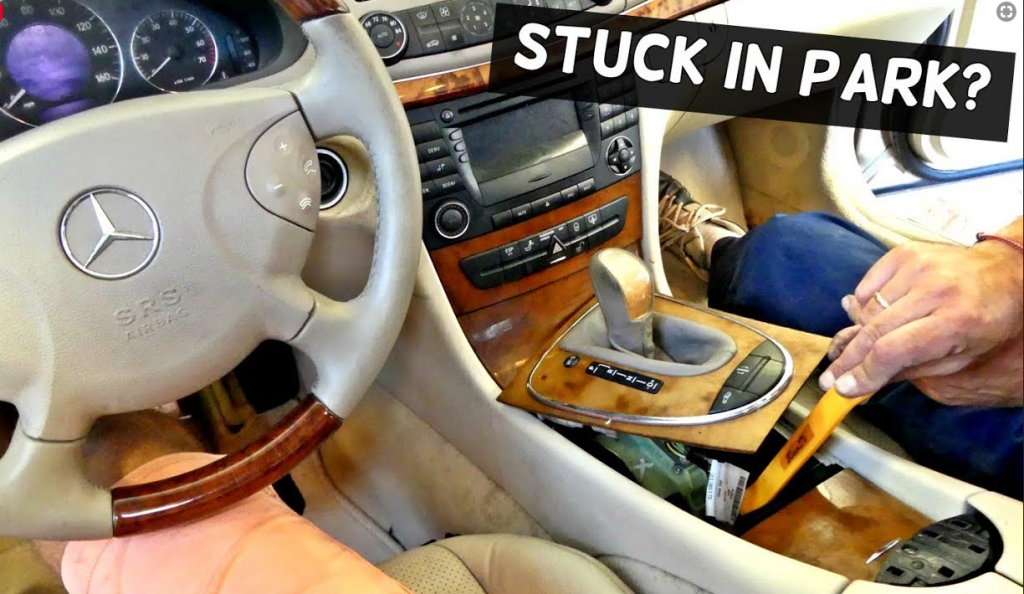Having problems with Electric Power Steering? If your steering suddenly feels stiff, jerky, or that warning light just came on, on your car dash outta nowhere, don’t ignore it.
You might be dealing with electric power steering issues, and trust me, that is not something you wanna ignore, and definitely, not something you want to guess your way through. In this article, I’m gonna break it all down for you, what electric power steering really is, what causes it to go bad, all the signs you should be looking out for to ensure proper diagnosis, how to fix it the right way, how much it’ll cost you, and whether or not you can fix it yourself without getting ripped off. We’re covering it all, from start to finish, all in this post. So, let’s get into it. So first off,
Related: ABS Light On? Traction Control, Brake, ESC, TCS
What Even Is Electric Power Steering (EPS)?
Back in the day, most cars had hydraulic power steering, which basically used a pump driven by your engine and fluid pressure to help you turn the wheel. That’s why older cars had that little whine when turning, and why you always had to check your power steering fluid.
But with electric power steering, or EPS, there’s no fluid at all. Instead, it uses an electric motor and a few sensors to give you that power assist when turning. No belts. No pulleys. No leaks. And honestly? That’s a win in terms of maintenance.
You’ll find EPS in most cars made after 2010, Toyota, Ford, Honda, you name it. Some luxury brands had it even earlier. Manufacturers made the switch to electric mainly for fuel economy and reliability. One less belt on the engine means less drag and better mileage. Plus, fewer parts to wear out.
So while it sounds fancy, it’s just a smarter way to help you steer without the mess of old-school systems.
How Does Electric Power Steering Actually Work?
Now here’s how it works, and I’ll keep it simple:
When you turn your steering wheel, sensors detect how much force you’re applying and what direction you’re turning. That info gets sent to a little computer, which we call it the EPS control module.
Based on what you’re doing, that computer tells the electric motor to either help you out a lot or just a little. Like if you’re parking and turning hard at low speed, it gives you full assist. But if you’re doing 70 on the highway? It backs off and gives you a firmer feel, so you’re not oversteering.
There’s no fluid, no pressure pump, just electronics, sensors, and a motor doing the job. And since there’s no power steering fluid to check, a lot of folks assume it can’t fail. But that’s just not the case; it can and does go bad.
The main components to remember here are:
- Torque sensor: measures how hard you’re turning the wheel
- Steering angle sensor: tracks the actual position of the wheel
- Electric motor: gives you the assist
- EPS control module: the brain of the operation
It’s all tied into the car’s computer system. So when one of those pieces acts up. And you will feel it right away.
What Are the Most Common Electric Power Steering Problems?
Alright, let’s talk symptoms, so you can know when EPS starts acting up.
- First big one? The steering gets stiff. Like, way stiffer than usual. You turn the wheel, and it feels like the assist just quit on you, especially during low-speed turns or parking.
- Sometimes it’ll work on and off. One minute you’re fine, next minute it’s like you’re arm-wrestling your steering wheel. That’s usually a sign of something going bad internally, like a motor glitch or voltage issue.
- Then there’s the lovely power steering warning light. That little steering wheel icon pops up on your dash? That’s your car screaming, “Hey, something’s not right here.”
- You might also notice the steering feels jerky, like it’s not smooth. That usually points to sensor issues or motor hiccups.
- And if you hear clicking, whining, or grinding when turning, especially at low speeds? Yeah, don’t ignore that. It could be the motor struggling or internal damage.
- Some cars even experience battery drain or alternator stress if the EPS is pulling too much power. That’s rare, but I’ve seen it, especially in cold weather.
- And in the worst-case scenario, though it’s not common, the steering can lock up completely. That’s a full-blown emergency.
Bottom line? If anything feels off with your steering, don’t wait. These things can go from annoying to dangerous real fast.
Why Does Electric Power Steering Go Bad?
So what actually causes all these headaches? Here’s the breakdown:
- One of the top culprits is a bad steering angle sensor or torque sensor. If the computer gets the wrong info, it’ll send the wrong signal, or no signal at all, to the motor.
- Sometimes, it’s just a faulty electric motor. Like any motor, it can wear out, overheat, or short internally.
- Wiring issues are another big one, especially if rodents got under the hood or moisture caused corrosion in the connectors. A loose ground or broken wire can kill the whole system.
- Don’t forget the fuses and relays. A blown EPS fuse or bad relay can cut power to the motor, and boom, no assist.
- I’ve also seen cases where the control module just freaks out. It could be a glitch, water damage, or even a bad update from the dealership.
- One more you might not think of? Low battery voltage. These systems need clean, consistent power. If your battery or alternator is weak, EPS won’t work right, especially in cold starts.
- Water is the silent killer here. Water intrusion, from deep puddles, floods, or even a sloppy car wash, can ruin connectors, short out modules, and corrode terminals.
- And of course, if the car was ever in a crash, the EPS system could’ve taken a hit, especially if the steering rack or column got tweaked during repairs.
How Can You Tell If Your Electric Power Steering Is Failing?
Look, your car’s not gonna just whisper “hey, I’ve got EPS problems.” But it will throw signs if you’re paying attention.
The first big clue? Steering starts feeling heavier, especially at low speeds like when you’re pulling into a parking spot. That’s a sign the motor isn’t giving you the assist it should.
At higher speeds, the steering might still feel okay because you don’t need as much assistance. But it could feel weirdly tight or not return to center properly after a turn. That’s your clue that something’s still off.
Now imagine you’re mid-turn, maybe pulling out of a driveway, and suddenly the wheel gets stiff halfway through. That’s the EPS cutting out mid-turn, and it’s not only scary, it’s dangerous. That’s how a lot of people end up bumping curbs or overcorrecting.
Also, pay attention to what happens right after you start the car. If the steering assist kicks in late, or the EPS warning light comes on, then goes off, you’re on borrowed time. That system’s trying to tell you it’s struggling to keep up.
Listen for weird noises, too, clicking, grinding, or a faint whirring under the dash when you turn the wheel. That could mean the motor’s wearing out or sensors are getting twitchy.
And if you see a message like “Steering Assist Reduced” or anything along those lines? Don’t brush it off. That’s not just a suggestion; it means the system isn’t working right, and you could lose steering help at any moment.
Bottom line, if it feels weird, stiff, or delayed, or if you see a light? That’s the car screaming for help. Don’t wait till you’re stuck in the middle of traffic with no steering assist.
Can You Still Drive the Car If the EPS Is Acting Up?
Short answer? Sometimes. But it depends on how bad it is.
If the system goes down completely, the car can still steer, but it’ll feel like wrestling a ‘90s pickup with no power steering. You’ll need serious arm strength, especially at low speeds or when trying to park. At highway speeds, it won’t feel as tough, but it’s still not how the car was designed to operate.
So yeah, the wheels still turn, but manual steering is no joke if you’re not used to it. And let’s be real, if you’re in a tight spot or need to react fast, having no assist is a safety risk.
If your car suddenly starts feeling heavy or twitchy, and you get a warning light, pull over safely and turn the engine off,and then back on. Sometimes it’ll reset temporarily. But don’t make that your long-term plan.
When is it okay to drive to the shop?
If you still have partial assist and you’re not on the freeway, it’s probably safe to limp to a mechanic. Just go slow and take it easy.
But if the steering locks up, gets stiff out of nowhere, or you hear any loud clicking while turning, park it and call for help. Better to pay for a tow than cause an accident or damage something worse.
How Do You Diagnose Electric Power Steering Issues?
Okay, let’s get into the nitty-gritty. Here’s how you (or your mechanic) should tackle it:
Start with the basics.
Check the battery voltage. If it’s dipping below 12.4 volts, your EPS might not get enough juice. Then check the alternator output; that’s another common cause.
Next up, fuses and relays. These are cheap and easy to test or swap. I’ve seen plenty of cars towed in for “steering failure” that just needed a fuse.
Then grab an OBD2 scanner that can read EPS codes, not all of ’em can. You’re looking for codes like:
- C1A00 – Torque sensor fault
- C1A41 – EPS control module malfunction
- C1B00 – Motor circuit issue
- U1000 – Lost communication (usually wiring or module related)
No codes? Doesn’t mean you’re in the clear. You still wanna do a visual inspection under the hood. Look for:
- Loose connectors on the steering column
- Chewed or cracked wires
- Water damage or corroded terminals
If you’ve got everything hooked up and powered right, and you’re still having problems, it’s time for a road test. See how the car behaves at different speeds, sharp turns, cold starts, and all that.
Some cars also have a built-in EPS reset procedure, turning the wheel lock-to-lock, or using a scan tool to recalibrate the steering angle sensor. Doesn’t work on every model, but worth a try before you start replacing stuff.
Fixes That Actually Work (and Which Ones Don’t)
Let’s talk repairs and what actually gets the job done.
- Sometimes, a simple reset is all it takes. Disconnect the battery for 15 minutes, reconnect, and try a steering wheel calibration. Works great on some Nissans and Toyotas.
- Sensor replacements are another common fix. The torque sensor or angle sensor can go bad and mess with your assist. Replacing one usually runs a couple of hundred bucks.
- If the electric motor is failing, making noise, or not responding, that’ll need to be swapped. This is a bigger job,but very fixable.
- Got a wiring issue or corrosion? Clean the contacts, replace damaged wires, and reseal connectors with dielectric grease.
- A faulty EPS module might need replacing or reprogramming. That part controls all the logic, so if it’s glitching, it can cause random failures or total loss of assist.
- On some cars (especially GM or Ford), a software update at the dealer can fix buggy behavior. That’s usually cheaper than a full part replacement.
- Worst-case scenario? The whole steering column or rack needs replacing. That’s rare, but if the motor and sensors are all built-in and nothing else fixes it, you’re looking at $1,500+.
Don’t let anyone talk you into replacing everything if one cheap part could solve the issue. Always test first. A lot of shops jump straight to replacing the rack, and that ain’t cheap or always necessary.
How Much Is This Going to Cost Me?
Now to the part nobody likes, the bill.
Let’s break it down:
- Diagnostics at most shops will cost you anywhere from $50 to $150, depending on the tools and time involved.
- Sensor replacements (torque or angle) usually fall between $150 to $400, parts and labor.
- A new EPS motor can run $300 to $800, depending on your vehicle.
- If you need the full steering rack or column replaced, you’re looking at $1,000 to $2,500 or more, especially on luxury vehicles or trucks.
- Labor rates vary by region, but most shops charge $100 to $180 per hour.
- Used or refurbished parts can save you some money, but only if they’re tested and guaranteed. Don’t risk junkyard EPS modules unless you really know what you’re doing.
Dealerships? Yeah, they’ll charge more, especially for programming. But you might get warranty coverage if your car’s still under the powertrain or electric systems warranty. Always ask.
Can you fix EPS Problems Myself, or Do you need a Shop?
If you’re handy with a multimeter and have a decent OBD2 scanner? You can try some of the easier fixes at home.
- Blown fuse or relay? Easy swap.
- Battery or alternator issues? Test and replace if needed.
- Loose connector or visible corrosion? Clean it up and reseat it.
But once you’re into sensor testing, module programming, or motor replacement, you’re probably better off at a shop, unless you’ve done this before and have the right tools.
Keep in mind, electrical stuff can get tricky fast. One wrong move and you fry a control module, or worse, lose steering while driving. If it’s not clear-cut? Let a pro handle it.
How to Prevent Electric Power Steering Problems in the First Place
You cannot bulletproof every part on your car, but you can avoid most EPS failures with a little care:
- Keep your battery and charging system strong. EPS relies on steady voltage.
- Avoid flooded roads or pressure-washing around your steering column or underbody. Water + electronics = bad day.
- Get regular system scans, especially before long road trips.
- Don’t ignore weird noises or warning lights. They show up for a reason.
- Use rodent repellent or wraps if you park outside; chewed wires are a common cause.
- And if you ever get a letter from your dealer about a software update or recall, don’t ignore it. That could save you thousands later.
Now let’s look at some Frequently Asked Questions on this topic.
1, Can a weak battery mess with electric power steering?
Yep, if your battery’s weak, EPS might not get enough power to function right.
Why does my electric steering work fine sometimes, and go stiff later?
That is usually an intermittent sensor issue, low voltage, or the motor overheating.
Do I need an alignment after EPS repairs?
Only if the steering rack, column, or sensors were removed or replaced.
Can I reset EPS myself?
Sometimes, yes. A battery reset or steering calibration might work, depending on the vehicle.
Is it dangerous to drive with the EPS warning light on?
It can be, you risk losing steering assist at the worst time. Get it checked ASAP.

